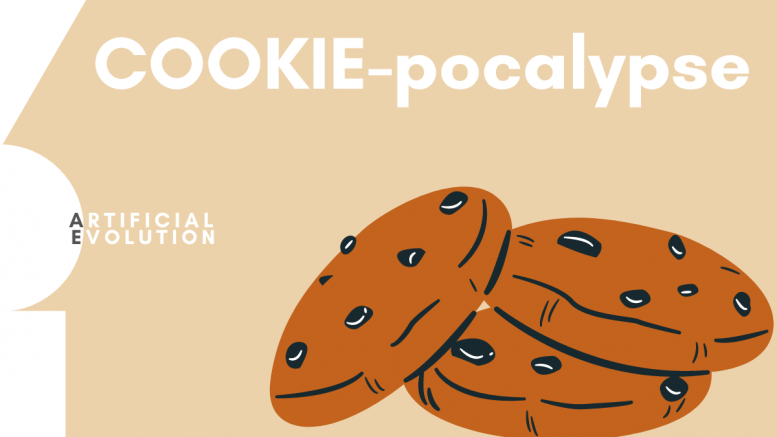Biased opinion: For the edible kind, anything with cream filling is not a cookie.
But I digress…
Digital cookies are tad bit scarier than finding crumbs where you thought there would be cookies – particularly for brands. It springs from an announcement by our very own Google stating that they will be discontinuing third-party cookies. Now, while this decision isn’t unprecedented as Apple’s Safari and Netscape’s Firefox have been cookie-free for a while, the implications of Google following suit are hard-hitting for brands. This may be part of the reason why this phasing out of third-party cookies is being delayed by Google.
As this lucrative avenue for the ad industry faces its doom, marketers will soon be expected to reconstruct the entirety of their online business strategy – possibly by incorporating whatever alternative Google is brewing to replace third-party cookies. But before we get ahead of ourselves, let us first begin with understanding what third-party cookies are all about.
What are Third-Party Cookies?
Cookies are multifunctional assets for brands. In the 1990s cookies may have started off on a seemingly innocent note where websites used them simply to ‘remember’ which items have been stored by a customer in the cart – meaning first-party cookies. Soon, however, cookies extended their usage to include functions such as tracking a consumer’s login status and their presence on different websites i.e., third-party cookies.
The Guardian explains this here in short:
As cookies informed brands about online customer behaviour it presented a persisting question about the invasion of privacy. This debate reached its crescendo when politics and regulation were added to the making of this complex concoction.
What Does it Mean for Brands?
In addition to Google’s announcement to quash cookies, Apple is going a step further and is doing away with device identifiers on iOS. For marketers, these decisions are raising a pivotal question: does it impede a brand from reaching out to individuals? After all, we have studied several courses to be told repeatedly about the benefits of personalisation – so, was it all for nothing? But before you tread deeper into this rabbit hole, here is a thought about targeted marketing you should consider:
The debate of privacy vs. personalisation: Google and Apple have undeniably had the power of monopoly and a significant amount of data on individuals. On the one hand, countless online users are tracked without their knowledge or permission, and on the other, several brands are unaware of how the ad companies are procuring this data. But the good news (if you can call it that) is that this data has never really been all that reliant – here’s proof. You may have experienced this yourself, that even after purchasing an item from a website, you will see the ad for the product you purchased some 100 more times. This isn’t just annoying it has repercussions as users install adblockers to protect their browsing data.
Additionally, although digital marketing has come a long way, there is also a lot of back-end ad fraud that is misleading brands. As brands are convinced by advertisers to invest in targeted ads, their budget allocation goes to advertising on sites that are unheard of. Not only does this waste the marketing budget but also promotes the spread of fake news and misinformation on websites that have been created for just that purpose.
The Way This Cookie Crumbles
So, does this mean that online brand marketing has a grim future? Not really. Clichéd as it may sound, we just need a fresher perspective to pave the way for the future of marketing: –
- Find a better data fix: One of the primary concerns of the cookiepocalypse was the possible loss of consumer data that can be used to predict buyer behaviour. For starters, marketers can make better use of first-party cookies and use them to enhance customer experience on their websites. In addition to this, brands can reach out to potential customers and explicitly ask them for feedback and suggestions for improvement.
- Explore the digital marketing territory beyond third-party cookies: Fortunately, the world of marketing has several tools to the rescue which have been side-lined until now. Contextual marketing for instance can be a great replacement solution to third-party cookies.
- Save costs for something better: Contrary to what has been fed to brands for over a decade by shady advertising firms, more targeted third-party ads don’t necessarily equate to better results. Once this realisation settles in, brands can actually drive their focus to invest in more unique marketing avenues.
The online world is just on the verge of an exciting disruption with the steady emergence of a new philosophy – web 3.0 – founded on transparency. This means that with the right marketing strategy that isn’t unnecessarily intrusive and notorious marketers can still find ways to save grace and flourish.
Stay curious.
Stay secure.
See you next week.
The views and opinions published here belong to the author and do not necessarily reflect the views and opinions of the publisher.



Be the first to comment on "Should brands fear the Cookiepocalypse?"